Hot New Things — Sherylene Chan, Media Design School
Our 2017 Hot New Things series continues today – an opportunity to profile a selection of some of the top design grads coming out of our tertiary institutions. Fifth up, we speak with Sherylene Chan from Media Design School.
Sherylene Chan
Bachelor of Media Design (Graphic Design major)
Media Design School
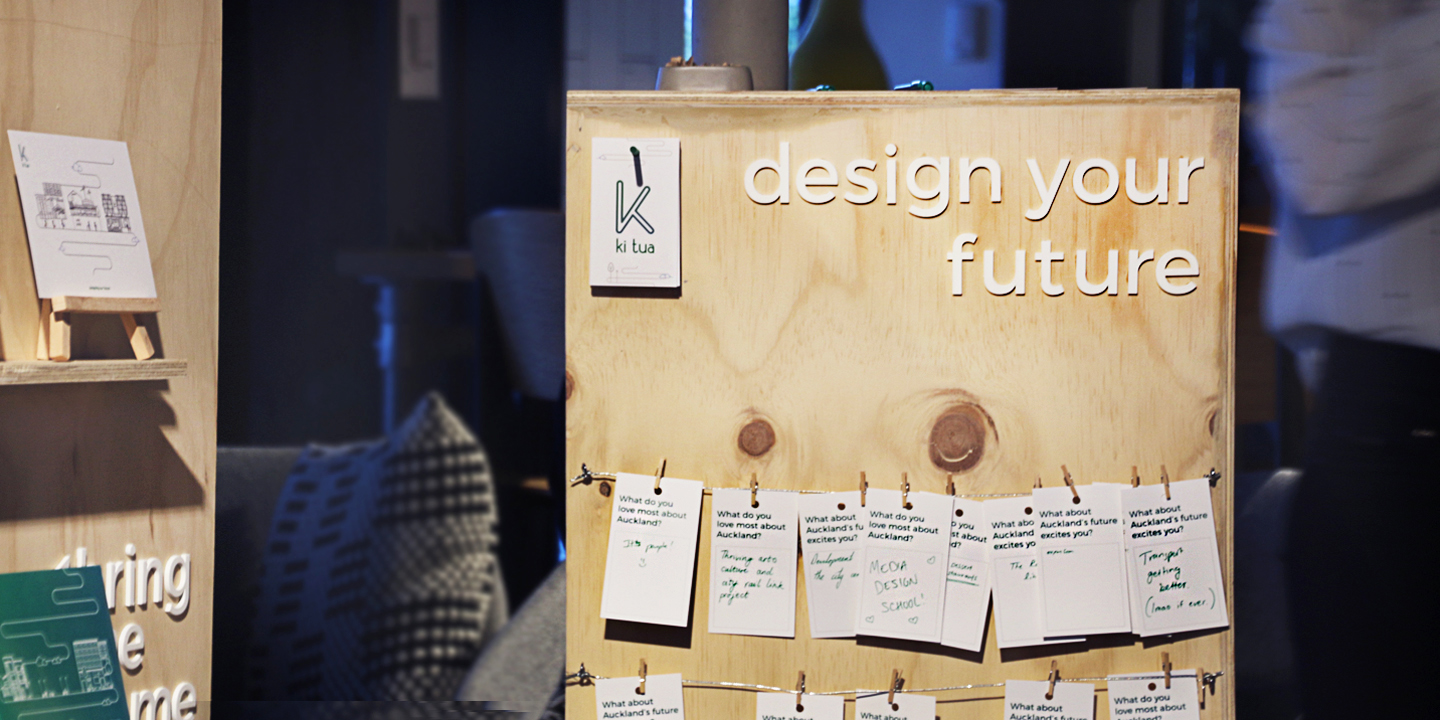
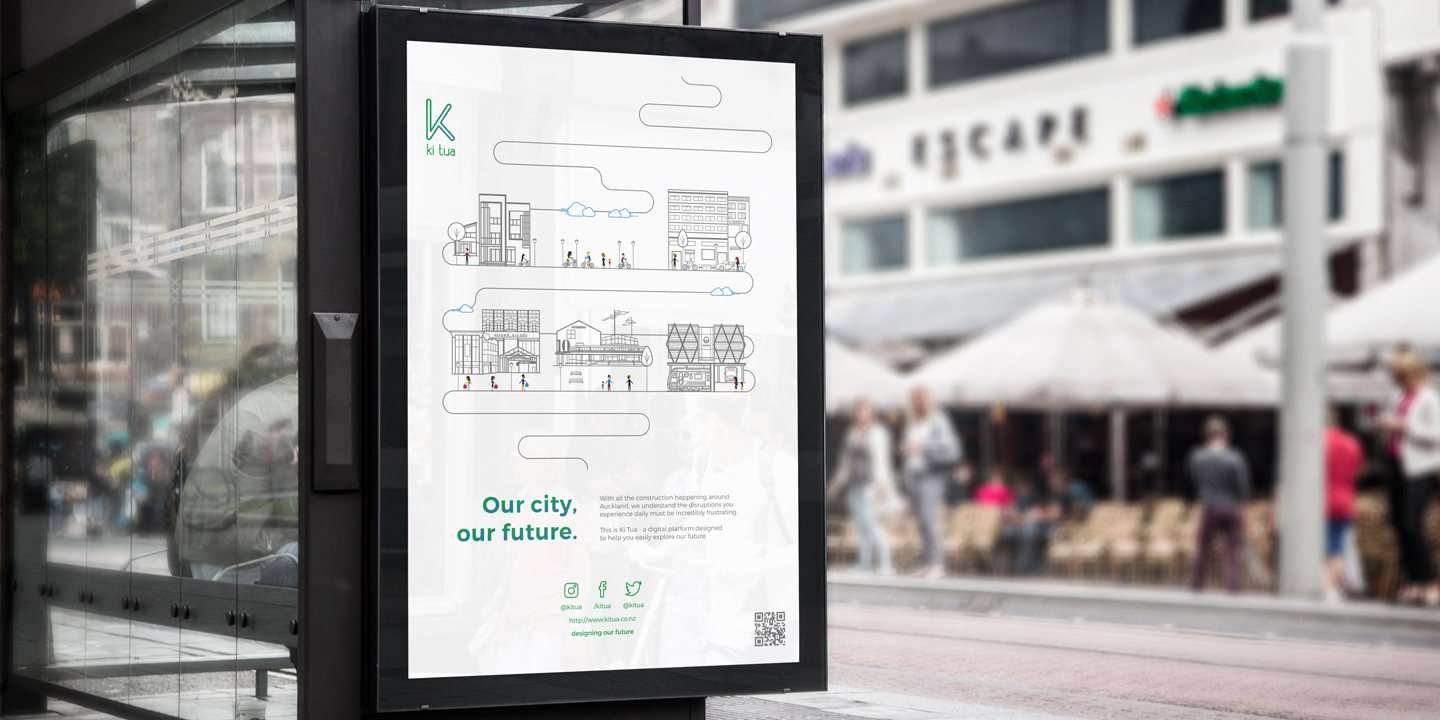
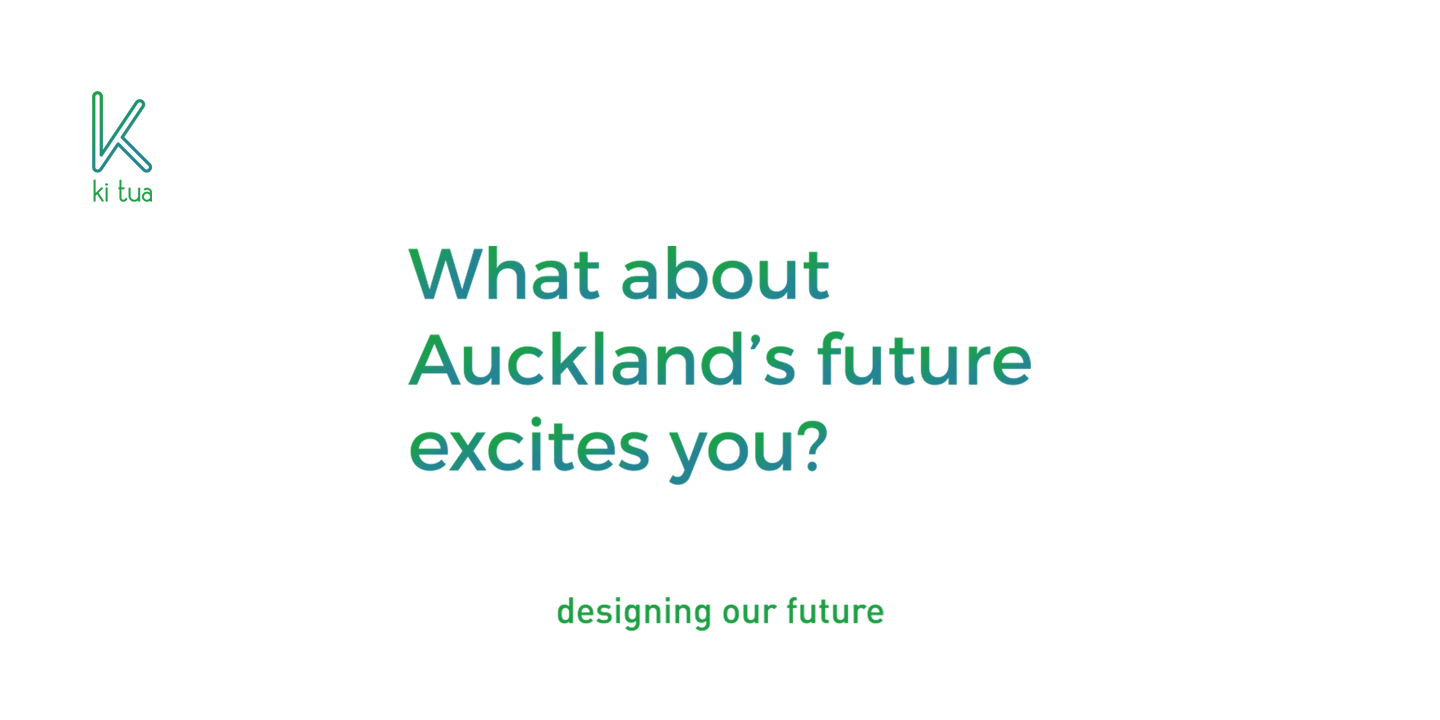

Hi Sherylene, you completed your full time studies at the end of 2016, can you tell us what your final year’s project was about and what you focussed on.
Yes! So psyched to delve deeper into the mysterious world of design. For our capstone (and last ever university project!), a unique brief from the Auckland Design Office presented an opportunity for Interactive Design major Maraea Sian Walker and I to consider the question, “What would be the most compelling way to present Auckland’s story of development and reshape impressions about its plan for a design-led future?”
Interviews with field experts, industry talks and mass research into urban planning fuelled the design thinking methods that drove our project. Through this process, we discovered Auckland’s rich historical roots and identified its unique character that blends seamlessly with progressive future living.
Today’s swift pace of ambitious progress has seen almost instantaneous spurts of developments that have been designed to improve daily lives. This dynamic environment supports the technologically-driven nature of today’s society and sees us living in an age where the concept of waiting is unexpected; often met with great impatience. This accelerates the frustrations that people have with long-term developments such as the City Rail Link that disrupt daily life.
With a target audience that mainly comprises of curious, savvy, cultured and social 24 to 35 year olds, it is crucial to engage their mobile nature. Ki Tua was thus collaboratively conceived as a living, compact, engaging, connected and social hub for Aucklanders to be able to explore current and future developments with ease.
Genuine human-centred design addresses not just the visual design aspect of a brief, but the real narrative of the identified problem as well. The real narrative here refers to the intangibles — the connections that people have with each other and in this case, to Auckland, their city. Developing a holistic strategy that extended beyond Ki Tua as a product was crucial to the success of the proposed user engagement, ensuring its competitive position as a ‘living’ brand while enhancing positive associations between Ki Tua, a focus on people, and Auckland City.
Integrating user-tested symbolism through the use of illustrations in Ki Tua’s visual system with the tactility of branded physical touch-points complements the ‘living’ nature of this digitally-driven campaign and effectively differentiates it from similar existing efforts.
As an experience developed with human-centred design principles, Ki Tua is capable of being a more accessible platform to encourage connections with Auckland City’s progress. This enhanced focus on the user boosts the engagement potential of Auckland’s story of development, its design-led future; supports its growth into becoming one of the world’s most liveable cities.
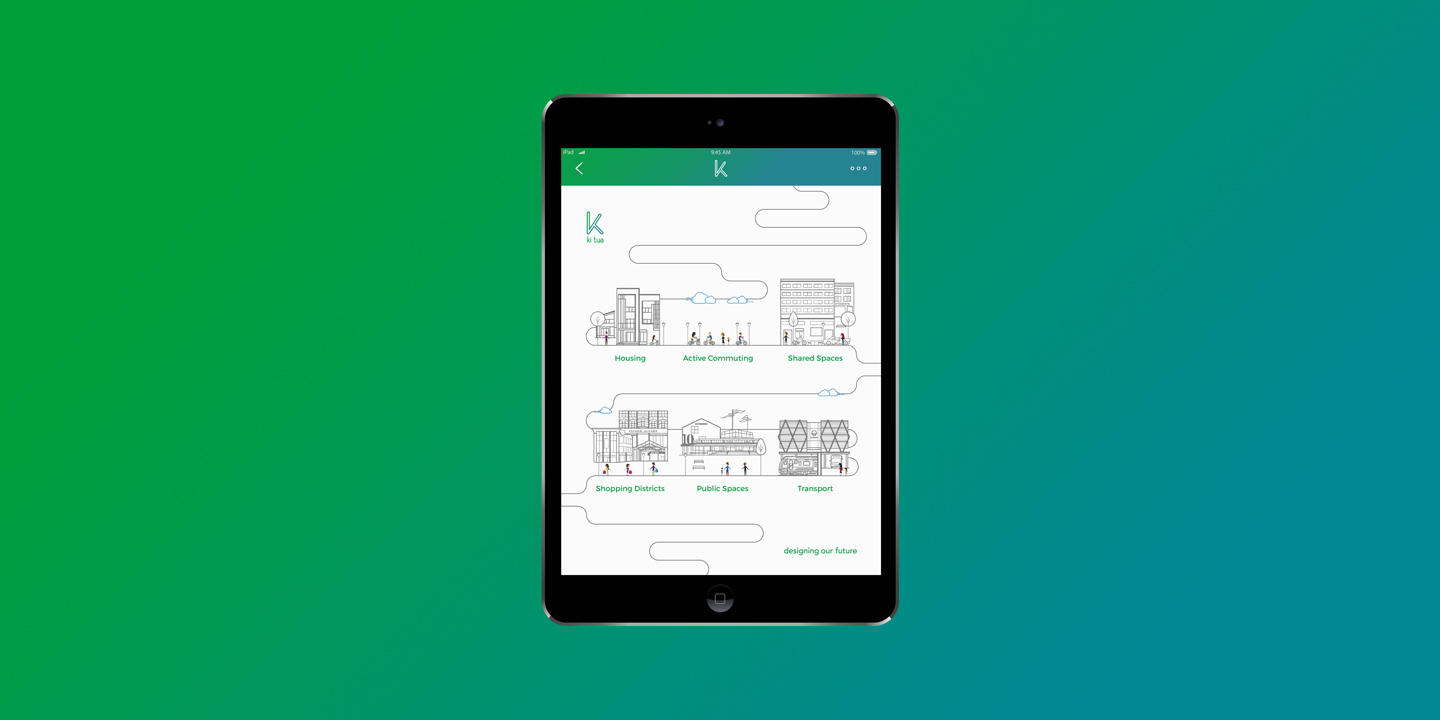


How has what you’ve recently been working on influenced your design process, and what momentum does it bring to your practice?
The amount of time allocated for the capstone module was by far the longest we’ve been given for any project (16 weeks). This, combined with my embarrassingly little knowledge of Auckland’s developments, despite having lived here for close to four years, pushed me to dive head first into inordinate amounts of research. I spent hours at the Auckland Public Library hunting through old archives and expert matter for evidence of Auckland’s growth as an urban metropolis. A ghastly amount of time was also spent trawling through the internet for information about how Auckland has grown over the past few decades.
Even though most of this specific research did not blatantly manifest in the final deliverables, it was certainly the process that helped me thoroughly understand the problems put forth by the Auckland Design Office. As a result, I was able to effectively apply my newfound knowledge whilst searching for suitable solutions.
As one of my key insights during this project revolved around the fact that a city is not a city without its lifeblood — its people — I was determined to root my approach in design thinking methods. I referred extensively to a ‘Design Kit’ (http://www.designkit.org/methods/) from the masters of human-centred design, IDEO, for guidelines on how to put my best foot forward.
My goal was to create something that was accessible for the our target audience, and to effectively engage them in Auckland’s story of development. The immense research that I had conducted into Auckland’s background and design thinking methods influenced my design process at every step of the way. I conducted multiple user tests to check that my illustrations were easily recognisable to a range of audiences.
I also wanted to develop collateral that would complement the very digital nature of Ki Tua as I strongly believe in the engagement potential of physical touch-points within a digitally-driven campaign. The result culminated in a set of stands that house Ki Tua as both a product and an experience that allows Aucklanders to voice their opinion; effectively creating an active opportunity for real dialogue to take place.
Working on Ki Tua has reaffirmed how important research is when jumping into unknown territory. It has certainly taught me that due diligence pays off and rewards those who make the effort.
What were some of your most exciting discoveries?
I would say that the entire project was one long semester of endless discoveries. I was personally constantly learning something new about Auckland’s story of development, the developments themselves, the city’s perimeters, different types of Aucklanders, my aesthetic approach for Ki Tua; the possibilities and limitations of Interactive Design and how Graphic Design fits into that world. I even learnt a bit about carpentry whilst conceptualising and putting the stands for our end of year show together.
I also learnt just how much being able to visualise my concepts is very important to me, and that I’m really really bad at drawing bicycles on paper. I think I did pretty well with the Illustrator versions in the end though.
And also some of the challenges along the way?
Although not necessarily a bad thing, I realised just how important open communication is during extended group projects and live briefs. Previous experiences made me sugar coat a lot of the issues that I felt were hindering our process, and that caused more harm than it helped. At the end of the day, we managed to work out our personal takeaways and were able to produce a pretty decent set of collateral. It did make certain steps more stressful though, and I would personally aim to communicate my shortcomings and overall feelings much earlier.
What did you love doing most?
Whenever I’m asked about what my favourite part of the creative process is, I always say it’s the ideas bit. Nothing quite thrills me as much as the conceptualising of ideas, from the completely insane and unachievable to the “this might just be (not) crazy enough to work”. For Ki Tua, I would say that Maraea and I probably had the most fun during the initial brain storming. The ‘making’ part was interesting and had its moments, but the nature of Ki Tua made the actual ‘do-ing’ process very time consuming, and at times, tedious. That’s not to say I didn’t enjoy the illustrating. It was more of the time crunch that really brought on the pressure.
That’s the reality of design work though. Sometimes you come up with great ideas that take a lot of work to bring to life, but I often find it’s almost always worth the extra push.
Where do you go to find inspiration (websites, resources, designers, etc)?
I do the usual ‘sleep is for the dead’ marathons of pinning about a million tabs from Designspiration, Pinterest, Behance and (ugh, I know, sorry) Google (it’s pure magic for elusive information though). I usually assume I know nothing about each project I get (I usually don’t and if I do, it’s probably not enough) because each problem is unique and as such deserves equal treatment in order for effective tailored solutions to be created.
My mixed history and experiences growing up (I’m from Singapore, but spent many summers in New Zealand) have inadvertently influenced my perspectives and approaches. Having endeavoured to explore as much as I afford to date, I would say that travel is a creative soul’s best friend. It exposes you to cultures and concepts you would otherwise never consider; styles that you may not come across on your own.
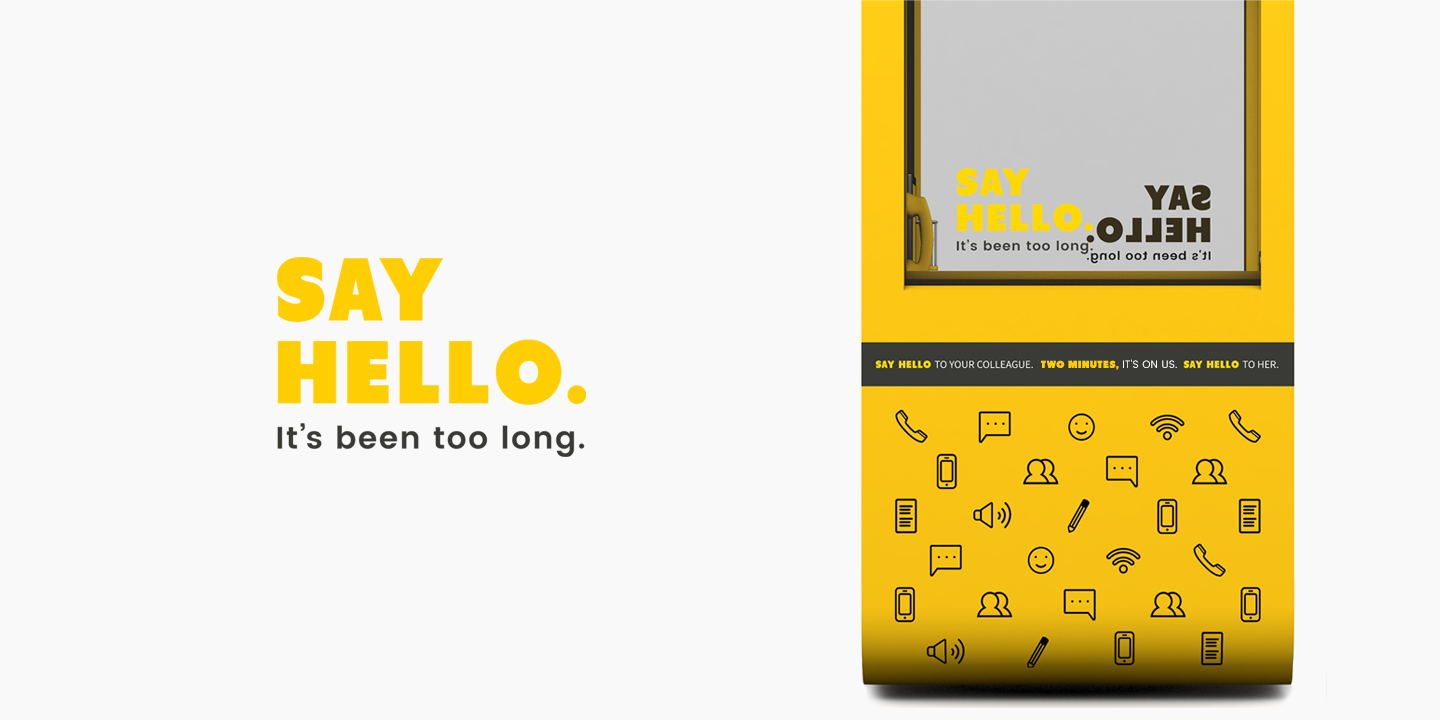



Why did you choose to study at Media Design School, and what do you feel you can take away now that you’ve completed your course?
Whew. The big ‘why did you choose design?’ question. Well, I guess I’ve always known that I wanted to do something creative. However, I did not originally intend to study design when I first moved to Auckland in 2013. In fact, I was at the University of Auckland attempting to wrap my head around Economics and trying to get into Law School. I soon realised that that sort of academia was not my cup of tea (and given my Mass Communication background, I should’ve known better), and promptly decided that I wanted to fully pursue my calling in advertising/design.
So I quit the prospect of law as a career and after much Googling, Media Design School’s promise of regular exposure to industry professionals and no exams enticed me and I made an appointment with its admissions team. They only took in one batch per year though, so it was off to Whitecliffe College of Arts & Design for a foundation course!
I officially applied to Media Design School half a year later, and here I am today — a Media Design graduate. These past three years have definitely helped me grow into a highly wired individual who’s always on the lookout for an interesting opportunity. Seriously though, my time here has helped me gain a strong grasp on sound design principles and gave me ample time to explore various design styles. I now have what I’d like to think is a pretty diverse portfolio (for a fresh graduate), and am more than ready to take on the (creative) world.
Where to next for you? What does 2017 hold?
I’m currently fulfilling a design internship at Colenso BBDO here in Auckland! Having always wanted to work in the advertising industry, there is a lot weighing on this first official step for me.
Aside from that, I intend on picking up some 3D skills as well as vastly improving my motion design and coding abilities. I firmly believe that one can never stop learning, and that being constantly aware of what is possible within one’s industry will only serve to benefit.
I will also be continuing work on Play Nice (http://www.sherydelilah.com/play-nice-blog), an independent initiative developed to promote social inclusion in Auckland City.
See more at:
www.sherydelilah.com
To find out more about Media Design School visit: www.mediadesignschool.com




